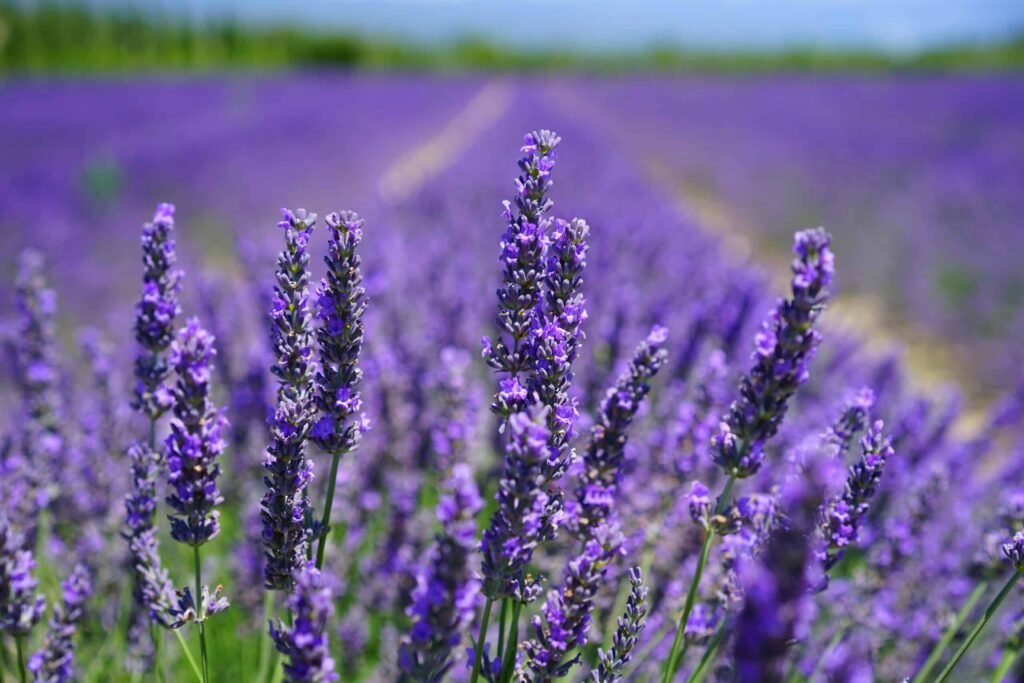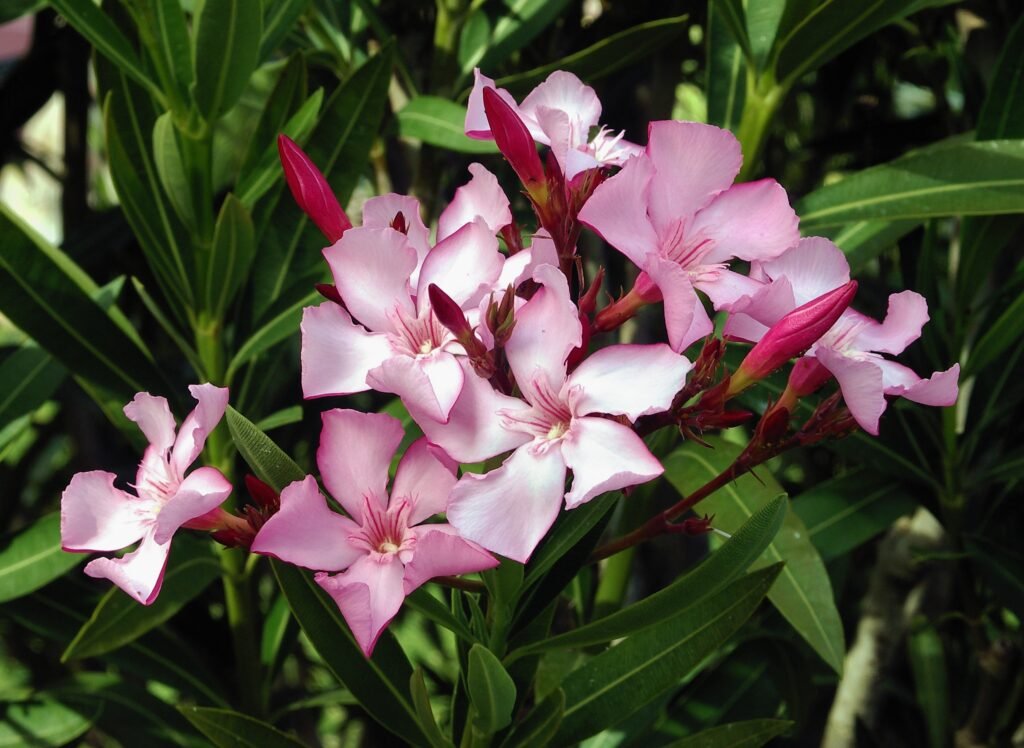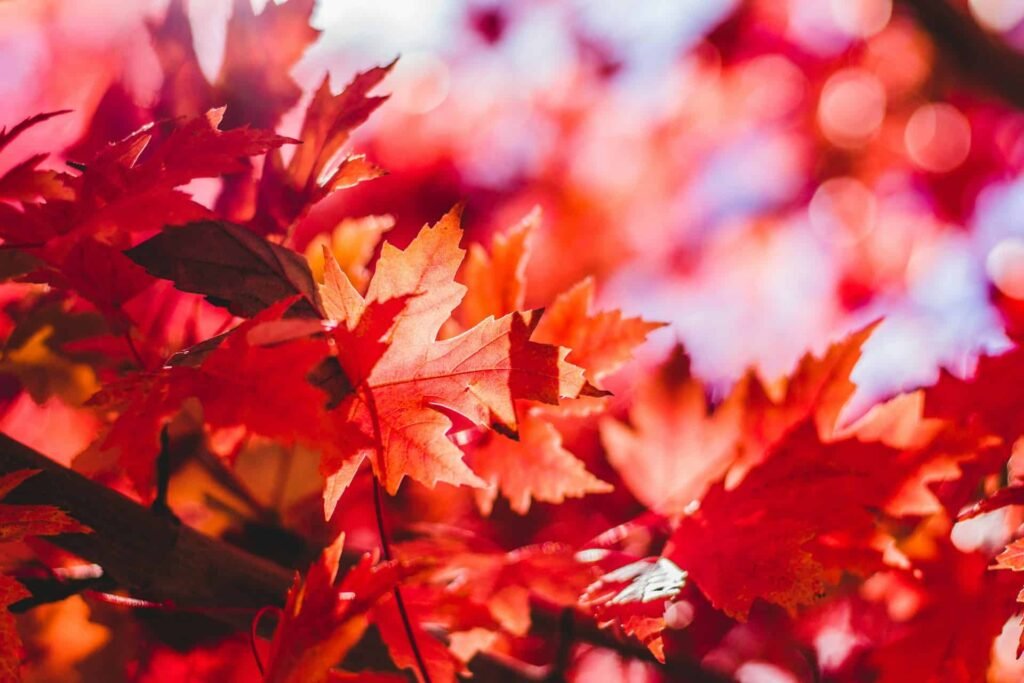Plants are much more communicative than one might assume. While they don’t converse using words, their use of color and scent serves as a pivotal mode of interaction with the environment. This fascinating language helps plants ensure their survival, reproduction, and plays an essential role in ecosystem functioning. Let’s delve into how plants use color and scent, not just to thrive but to shape the world around them.
The Power of Color

Color in plants isn’t just about aesthetics; it’s a sophisticated tool for attracting pollinators and deterring predators. Flowers, fruits, leaves, and stems all employ color strategically in a process finely tuned by evolution.
Attracting Pollinators

One of the primary functions of color in plants is to attract pollinators such as bees, butterflies, birds, and bats. The vibrant hues of flowers are designed to catch the eye of these creatures. For instance, bees are attracted to blue and violet shades, while hummingbirds favor red. These preferences are no accident but rather the result of co-evolution. Plants that developed colors appealing to a specific pollinator ensured more reliable pollination and hence increased chances of reproduction.
Fruit Ripeness and Seed Dispersal

Once pollination occurs, fruits develop and color again plays a crucial role. Brightly colored fruits signal ripeness, making them attractive to animals that eat the fruit and, in the process, disperse seeds. This mutualistic relationship helps spread the plant’s progeny over a wide area with minimal effort on the plant’s part.
Defense Mechanisms

Conversely, some colors function as a defense mechanism. Plants might exhibit colors that signal toxicity or unpalatability to potential herbivores. For example, the bright coloration in some plants is a warning that they contain harmful chemicals. This is a common strategy known as aposematism, found across various species in the animal kingdom as well.
The Language of Scent

Just as color conveys messages, so too does scent, often working in tandem to strengthen a plant’s ability to communicate. Plant scents are complex mixtures of volatile compounds that serve multiple functions in both attracting and repelling various organisms.
Attracting Pollinators with Fragrance

Floral scents are vital for attracting pollinators who may not be able to see the vibrant colors from afar. For instance, night-blooming flowers such as jasmine or evening primrose emit strong scents to attract moths and bats which navigate more by smell than by sight in the dark. The fragrance often corresponds with the availability of nectar, offering an incentive for pollinators to visit.
Repelling Pests

While attracting the right pollinators is crucial, repelling herbivores is equally important. Many plants produce specific scents that deter insects and other animals that might harm them. Mint and eucalyptus, for example, are known for their aromatic oils that create a hostile environment for certain pests.
Communication with Other Plants

Beyond interacting with animals, scents can serve as chemical signals to communicate with other plants. An instance of this is when a plant is attacked by a pest. It may release volatile organic compounds that signal nearby plants to upregulate their own defensive chemical production, effectively preparing the ‘community’ for a potential threat.
Conclusion: The Complexity of Plant Communication

Plants are master communicators, using color and scent as powerful tools to enhance survival and reproduction. Understanding this complex language uncovers a hidden world of interactions and dependencies that maintain ecosystem balance. By recognizing these processes, we can better appreciate how intricately linked all life forms are and the vital roles plants play within this web. So next time you stop to smell the roses, consider not just what the flower is sharing with you, but the broader conversation in which it participates.



